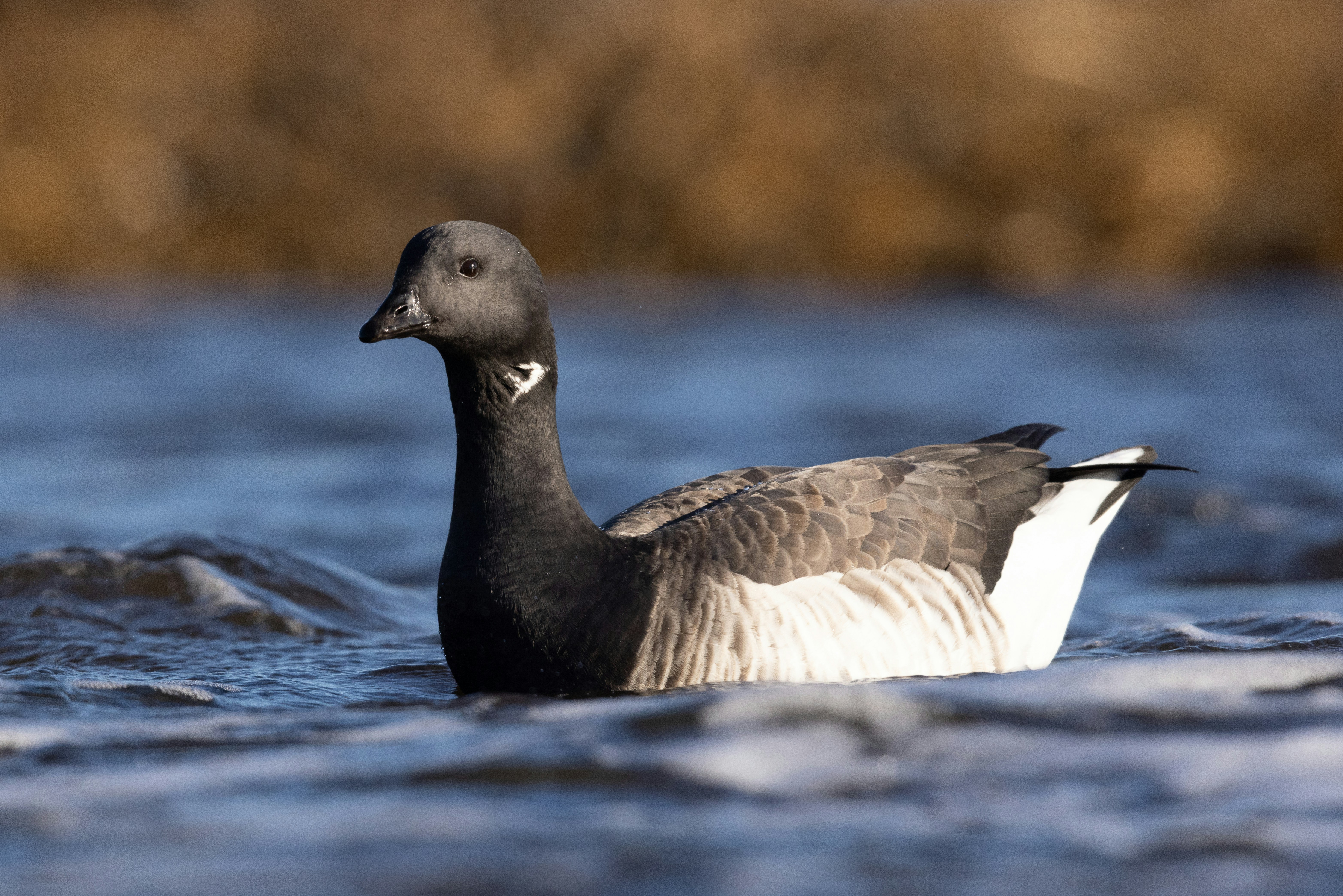Brant Geese take over Brooklyn
I recently learned about the Audubon Christmas Bird Count↗ from Jer Thorpe's bird data visualization course↗. I searched the data for Brooklyn, and I was shocked to see that the Brant sightings outweighed any other bird by nearly 2-fold.
Data sourced from Cornell's eBird
The Brant, despite it's duck-like appearance, is a goose that migrates from the Arctic to the US East Coast every year. It thrives in astonishing temperatures reaching as low as 36 degrees Fahrenheit. While they are super cute, it's peculiar that they'd account for so much of the total birds seen on Christmas day.

Look how cute by Mathew Schwartz on Unsplash